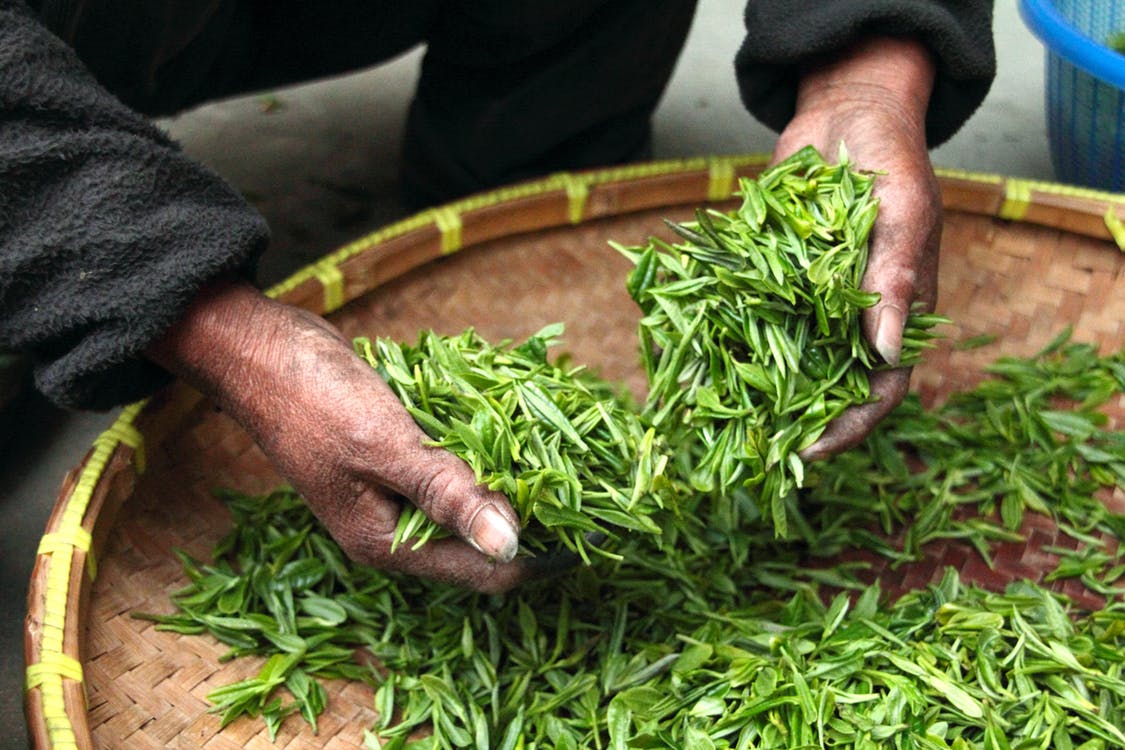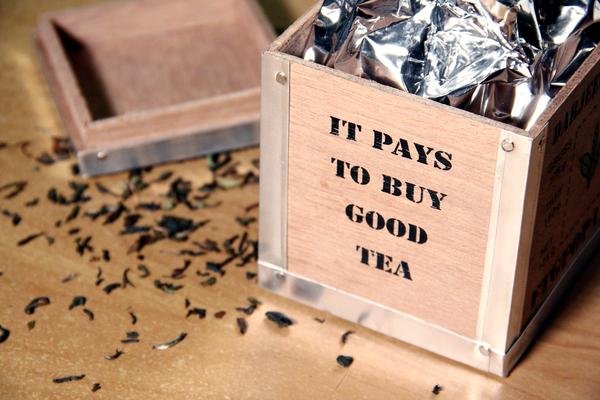Tea and Culture: Inseparable Partners
Tea and Culture: Inseparable Partners
Throughout human history, we've had a unique relationship with our food and drink. More than mere sustenance, the things we consume play integral roles in our customs and rituals. Few examples of this are more readily observable than how we prepare, share and enjoy tea.
 )
)
Research from Virginia Techsuggests that Chinese people drank tea in 2737 B.C. Over the millennia that followed, the way people interacted with it took many forms.
Harvard University'sArnold Arboretum notes that the beginnings of modern tea culture emerged in China between 300 and 400 A.D. From there, tea drinking spread to regions like the Indian Subcontinent, Japan and the Middle East. By the 700s, it had become a taxed commodity in its country of origin.
Tea continued shifting the tides of history for centuries. For instance, it was integral to the expansion of the trade that allowed the British Empire to flourish, and these people spread it to East Africa, Australia and other regions. Britain's love affair with tea was so great that an entire meal eventually came to share its name with the beverage.

The tea plant,Camellia sinensisbears distinct connotations in the many nations where it's currently cultivated and consumed. In China and Japan, tea ceremonies involve formalized preparatory techniques and specific serving practices designed to relax drinkers, heighten the flavor of the tea and honor cultural history.
From their original homes in Asia, teashops have spread across the world. Long before modern coffee chains dotted every corner, teahouses were regular sights in Asian and Middle Eastern nations. Even among societies that typically imbibed tea in less formal settings, gathering together to drink it was an important way to socialize, play host to guests and connect with local peers.
It's easy to assume that the North American tea connection originated from the time the continent spent under colonial rule, but tea customs were already around when foreigners arrived. Some Native American tribes even taught settlers how to prepare medicinal teas for ailments like scurvy.
In the U.S., mainstream tea consumption is less ritualized than it is elsewhere, but it still holds a critical role in society. Modifications like iced and sweet teas are common in the South, and many coffee chains serve a variety of teas to capitalize on an ever-expanding market. Varieties like boba tea are also popular in many urban areas worldwide.

Tea drinking has always held economic ramifications, with more expensive and refined varieties typically being reserved for the wealthy. This valued commodity status meant that tea cargoes were important vehicles for trade and exchange. As a valuable agricultural practice, tea farming drove the early development of a number of the world's modern nations.
Today, we can all enjoy tea no matter how well-off we are. This beverage's cultural connotations may date back longer than most contemporary nations, but drinking tea is a decidedly modern way to relax and spend time with others.
The Origins of Tea Culture
!( )
)Research from Virginia Techsuggests that Chinese people drank tea in 2737 B.C. Over the millennia that followed, the way people interacted with it took many forms.
Harvard University'sArnold Arboretum notes that the beginnings of modern tea culture emerged in China between 300 and 400 A.D. From there, tea drinking spread to regions like the Indian Subcontinent, Japan and the Middle East. By the 700s, it had become a taxed commodity in its country of origin.
Tea continued shifting the tides of history for centuries. For instance, it was integral to the expansion of the trade that allowed the British Empire to flourish, and these people spread it to East Africa, Australia and other regions. Britain's love affair with tea was so great that an entire meal eventually came to share its name with the beverage.
Unique Tea Cultures for Different People

The tea plant,Camellia sinensisbears distinct connotations in the many nations where it's currently cultivated and consumed. In China and Japan, tea ceremonies involve formalized preparatory techniques and specific serving practices designed to relax drinkers, heighten the flavor of the tea and honor cultural history.
From their original homes in Asia, teashops have spread across the world. Long before modern coffee chains dotted every corner, teahouses were regular sights in Asian and Middle Eastern nations. Even among societies that typically imbibed tea in less formal settings, gathering together to drink it was an important way to socialize, play host to guests and connect with local peers.
It's easy to assume that the North American tea connection originated from the time the continent spent under colonial rule, but tea customs were already around when foreigners arrived. Some Native American tribes even taught settlers how to prepare medicinal teas for ailments like scurvy.
In the U.S., mainstream tea consumption is less ritualized than it is elsewhere, but it still holds a critical role in society. Modifications like iced and sweet teas are common in the South, and many coffee chains serve a variety of teas to capitalize on an ever-expanding market. Varieties like boba tea are also popular in many urban areas worldwide.
Tea, Culture, and Economics

Tea drinking has always held economic ramifications, with more expensive and refined varieties typically being reserved for the wealthy. This valued commodity status meant that tea cargoes were important vehicles for trade and exchange. As a valuable agricultural practice, tea farming drove the early development of a number of the world's modern nations.
Today, we can all enjoy tea no matter how well-off we are. This beverage's cultural connotations may date back longer than most contemporary nations, but drinking tea is a decidedly modern way to relax and spend time with others.